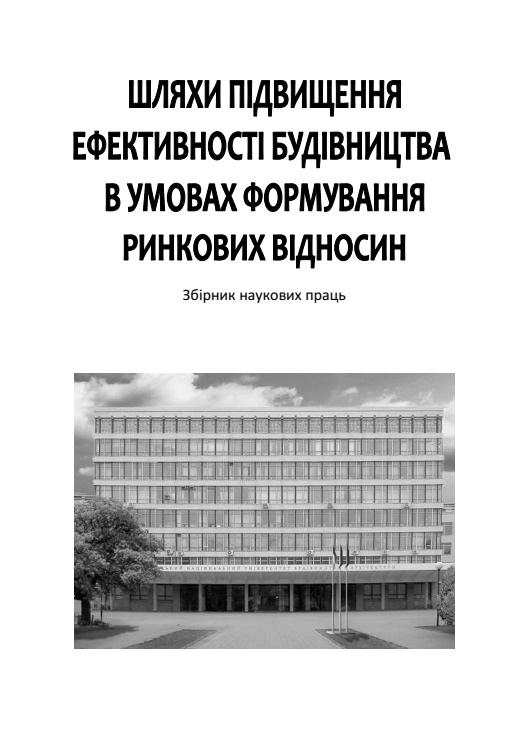Increasing the efficiency of the chief architect of the project at the initial stages of construction design with a help of the DAD technology on the example of the agrocomplex.
DOI:
https://doi.org/10.32347/2707-501x.2018.35.128-132Keywords:
the chief architect of the project, the stages of design, the composition of construction objects, the calendar plan, the composition of the project, technical tasks, technical conditions, elevator complex.Abstract
There are defined main tasks and responsibilities of the chief architect of the project in the article. There are identified main problems and risks in the implementation of the construction project. The definition of DAD technology is given, there are described advantages from its application in the initial stages of design and the impact on the activity of the chief architect of the project.
References
Теорія Фінансів. Підручник / За ред. проф. В. М. Федосова, С. І. Юрія.
Воронова Л. К. Фінансове право України: Підручник. – К.: Прецеднт, Моя книга, 2006. – 448 с.
Мала гірнича енциклопедія : у 3 т. / за ред. В. С. Білецького. — Д. : Східний видавничий дім, 2004—2013.
НАКАЗ 16.05.2011 № 45 «Про затвердження Порядку розроблення проектної документації на будівництво об'єктів»
ДCTУ-Н Б В.1.2-16:2013 «Визначення класу наслідків (відповідальності) та категорії складності об'єктів будівництва»
ДБН А.2.2-3-2014 «Склад та зміст проектної документації на будівництво»
Downloads
How to Cite
Issue
Section
License
Copyright (c) 2020 O. Chertkov, Yu. Petruk, V. Tsehelnyi

This work is licensed under a Creative Commons Attribution 4.0 International License.
Authors who publish with this journal agree to the following terms:
- Authors retain copyright and grant the journal right of first publication with the work simultaneously licensed under a Creative Commons Attribution License that allows others to share the work with an acknowledgement of the work's authorship and initial publication in this journal.
- Authors are able to enter into separate, additional contractual arrangements for the non-exclusive distribution of the journal's published version of the work (e.g., post it to an institutional repository or publish it in a book), with an acknowledgement of its initial publication in this journal.
- Authors are permitted and encouraged to post their work online (e.g., in institutional repositories or on their website) prior to and during the submission process, as it can lead to productive exchanges, as well as earlier and greater citation of published work (See The Effect of Open Access).

